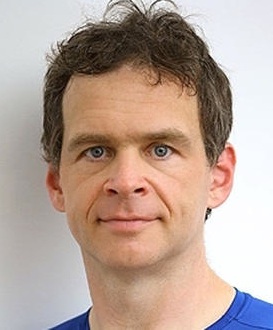
Sometimes it seems as if debates about how best to increase the energy efficiency of buildings – and about the relative importance of energy efficiency in green building – are bound to outlive the buildings themselves. That’s not necessarily a bad thing, of course, for people who want to see green building flourish while building science and building materials improve.
One of the developments sparking long and fevered discussion on these subjects is the lawsuit filed against the U.S. Green Building Council by Henry Gifford, an occasional GBA contributor and the owner of Gifford Fuel Saving consultancy. Gifford’s suit, originally filed in October as a class-action, was amended in February to focus on claims of false advertising, deceptive practices, and illegal monopolization, while its original common law, racketeering, and class-action components were dropped. Three plaintiffs also were added to the complaint. Alleging that USGBC misrepresented the performance of LEED certified buildings and altered study results to support its performance claims, Gifford’s suit seeks an injunction against USGBC and monetary damages for lost sales and profits.
USGBC answers
USGBC responded in April with a motion to dismiss the amended suit, claiming that the plaintiffs lack standing (i.e. they weren’t among the people actually deceived by USGBC’s building-performance claims) and can’t prove that they were harmed by the organization’s allegedly illegal conduct. USGBC’s argument generally holds up, argues Shari Shapiro, a LEED Accredited Professional and an attorney specializing in green building law, renewable energy, and sustainable buildings. But in one of a series of posts about the suit on her Green Building Law blog, Shapiro also notes that USGBC’s motion to dismiss also claims that the group’s marketing targets building industry and real estate professionals. That claim, she says, is contradicted by the LEED for Homes online scoring tool, announced in the spring, which does indeed market LEED for Homes certification directly to consumers.
“Making factually unsupported arguments may weaken the punch of the USGBC’s clearer grounds for dismissal,” she writes, “and provide a toehold for the Plaintiffs to plant seeds of doubt about the rest of the USGBC’s arguments.”
Flawed comparisions?
That’s some of the legal background to the drama. A broader perspective on the discussions it has precipitated – and a reminder of the durable nature of the debate about energy efficiency, LEED certification, and green building practices – is offered in an article published June 13 by Miller-McCune.com, a news site that specializes in nonpartisan coverage of social concerns.
The story points out that the assertions in the suit hinge in large part on Gifford’s analysis of a 2008 study comparing predicted energy use in certified buildings with actual energy use, and with a national average for existing buildings. Conducted by USGBC and the New Buildings Institute, the study drew on data from the Department of Energy’s Commercial Buildings Energy Consumption Survey of 2007. NBI concluded from the data that LEED buildings are, on average, 25% to 30% more efficient than the national average. By contrast, Gifford’s analysis of the information concluded that LEED buildings are, on average, 29% less efficient.
Gifford complained that the study erred by examining performance data only from 121 LEED-certified buildings with willing operators, the Miller-McCune story notes. Also of concern to Gifford is that the study compares data from LEED-certified buildings to data from a range of existing buildings rather than those built after USGBC got rolling in 2000.
A path to LEED refinement?
Gifford’s criticism has prompted plenty of discussion on building sites, including GBA and BuildingGreen.com, whose editorial director, Tristan Roberts, pointed out to Miller-McCune that many older buildings, particularly those built before 1960, are more efficient than newer ones.
In at least one case, Gifford’s complaints prompted yet another analysis of the NBI study. John Scofield, a physicist at Oberlin College, also concluded that LEED-certified commercial buildings are not necessarily more energy efficient than conventional buildings, although his conclusion is based on the fact that LEED tracks site energy (via utility bills), rather than source energy (the on- and offsite energy costs), as a principal measure of building efficiency. Another flaw in LEED, Scofield says, is that had been awarding points for energy efficiency based on projected energy use rather than relying entirely on measurements of the building’s performance once construction was complete.
USGBC, since 2009, has in fact moved to implement verification of performance, even though the performance data is not, at this point, being released to the public. In any case, the upshot of the challenges and analyses is that they’ll likely lead to productive changes in the long run, and green building will continue to become a bigger part of the national conversation.
Weekly Newsletter
Get building science and energy efficiency advice, plus special offers, in your inbox.





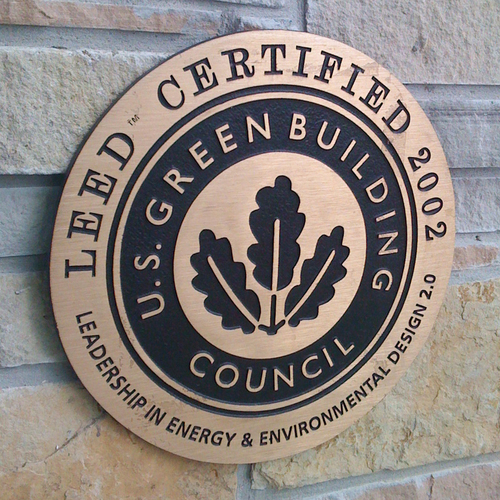
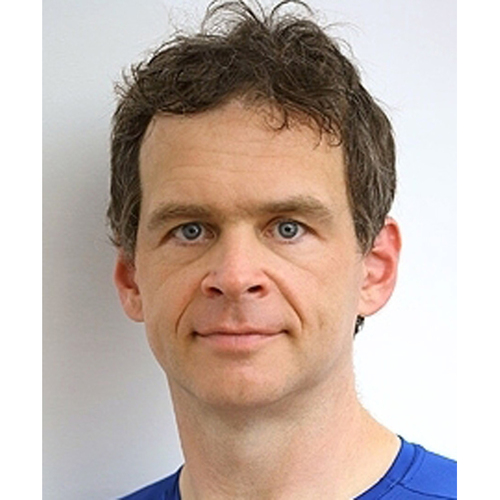
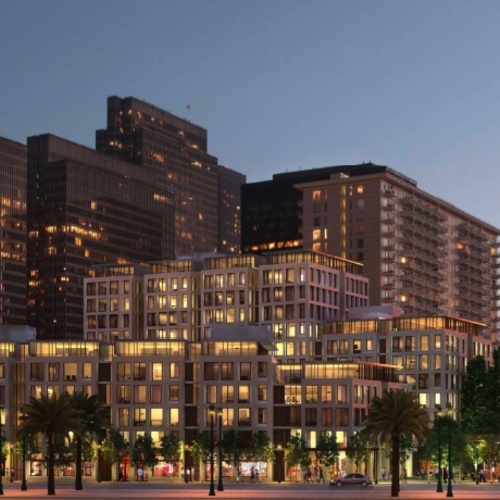
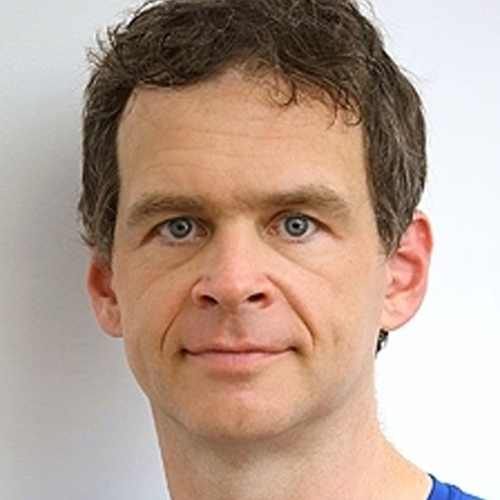






One Comment
The proof is in the results
The building industry has suffered from claims being made for efficiency without following up with monitored results. Residential energy use is very predictable in a building of known efficiency, new homes could very well have a building performance guarantee.
Log in or create an account to post a comment.
Sign up Log in